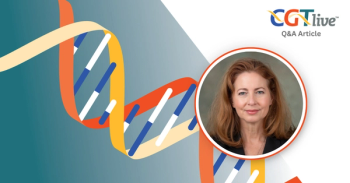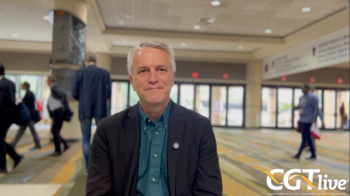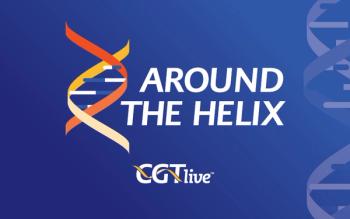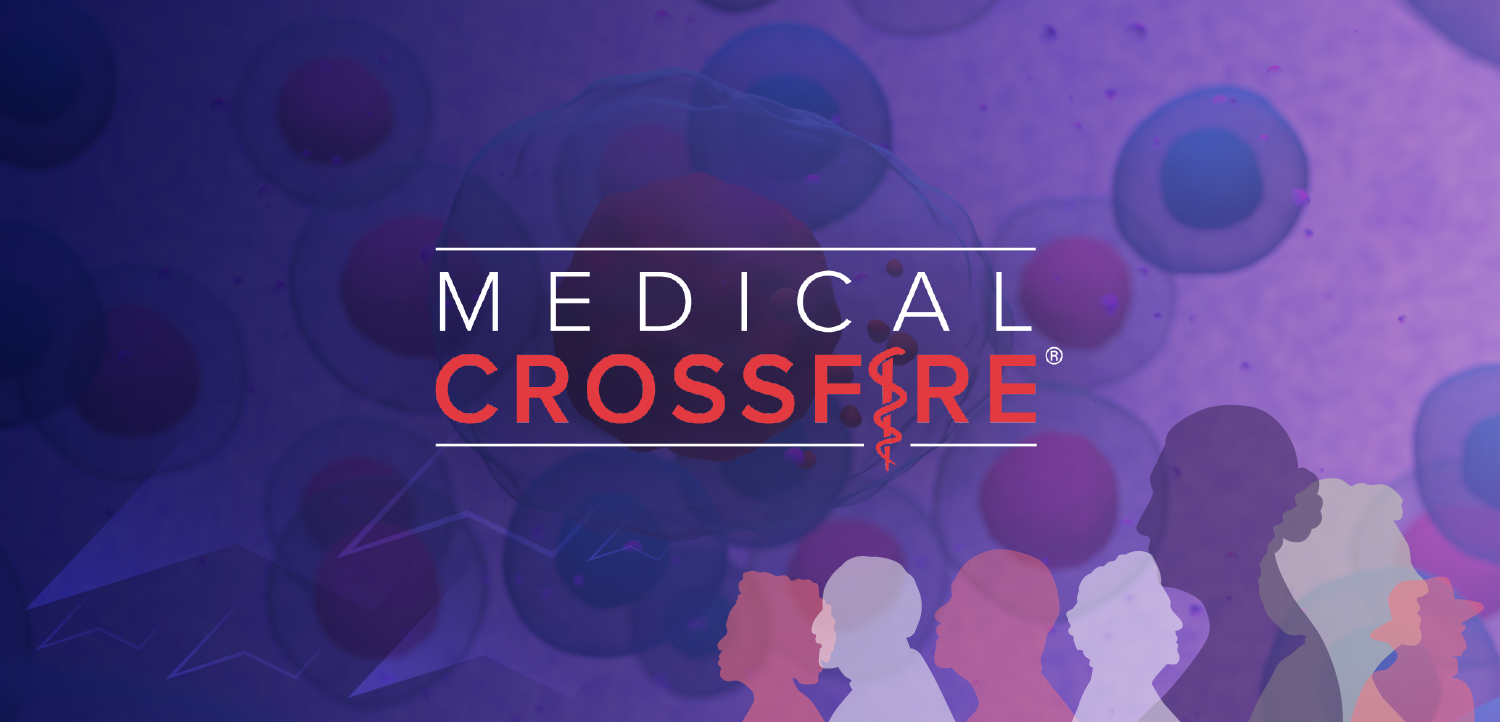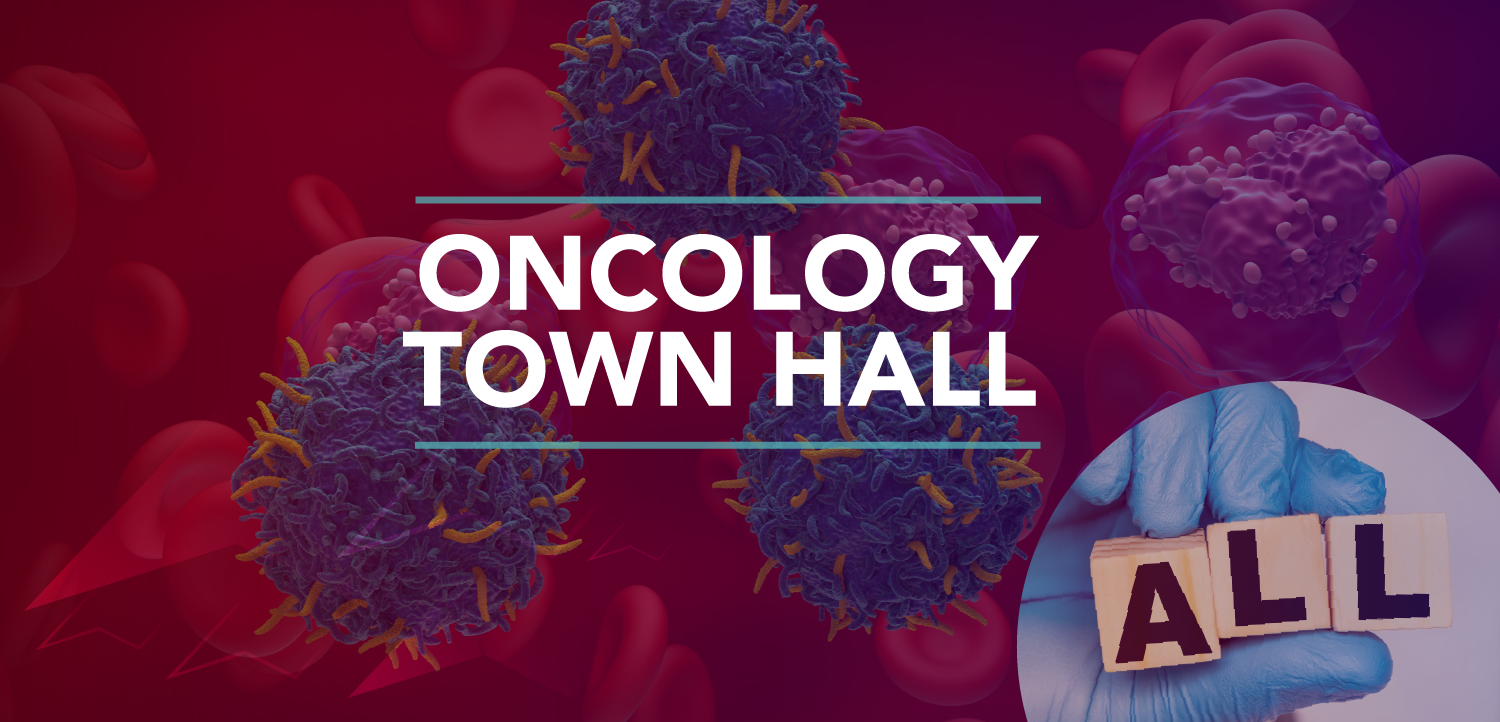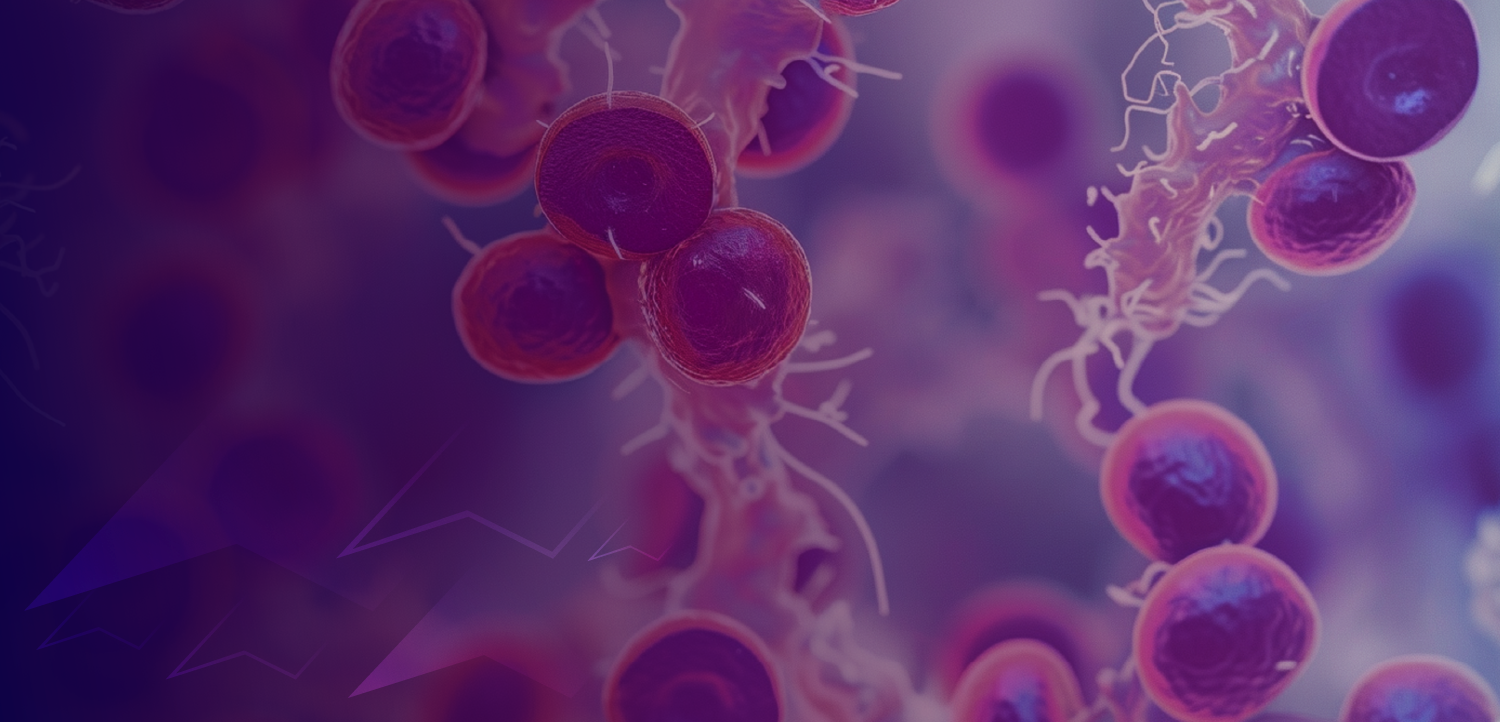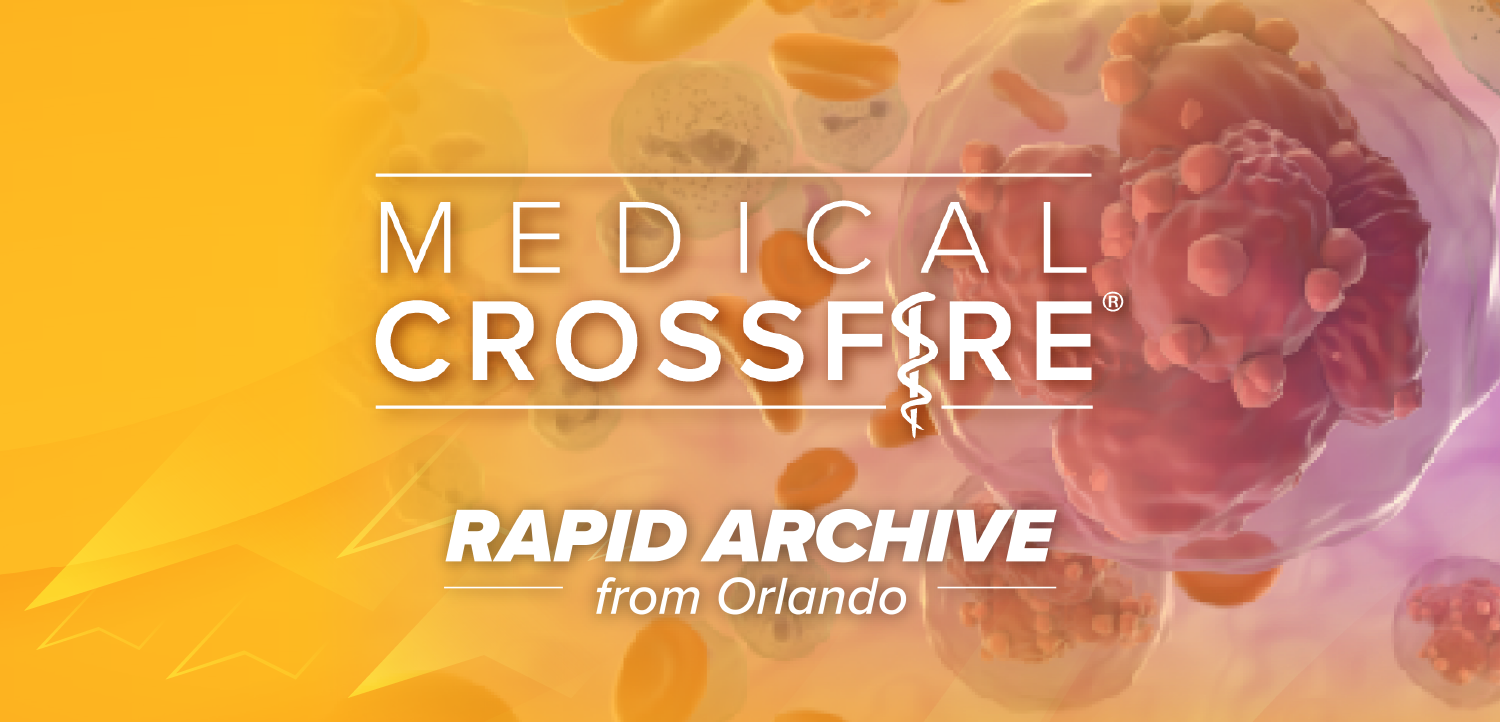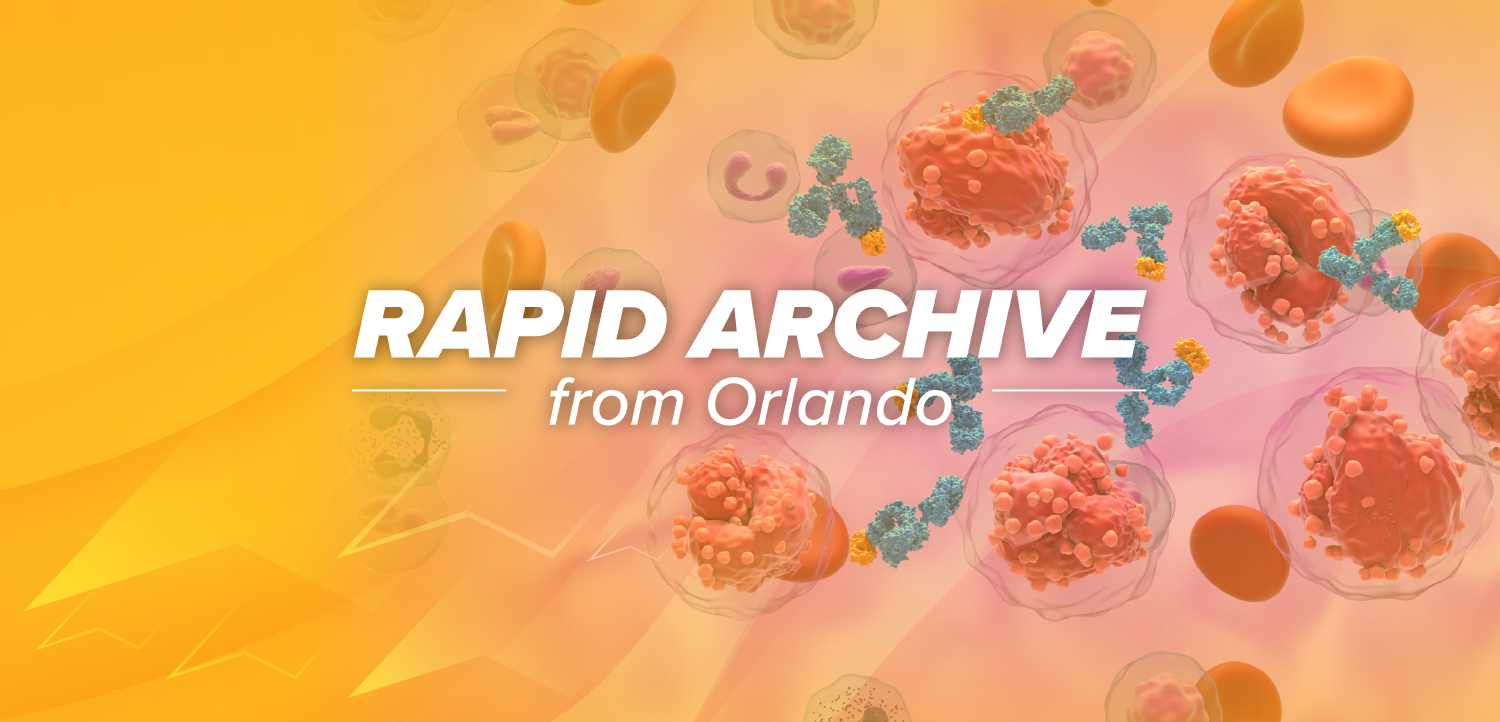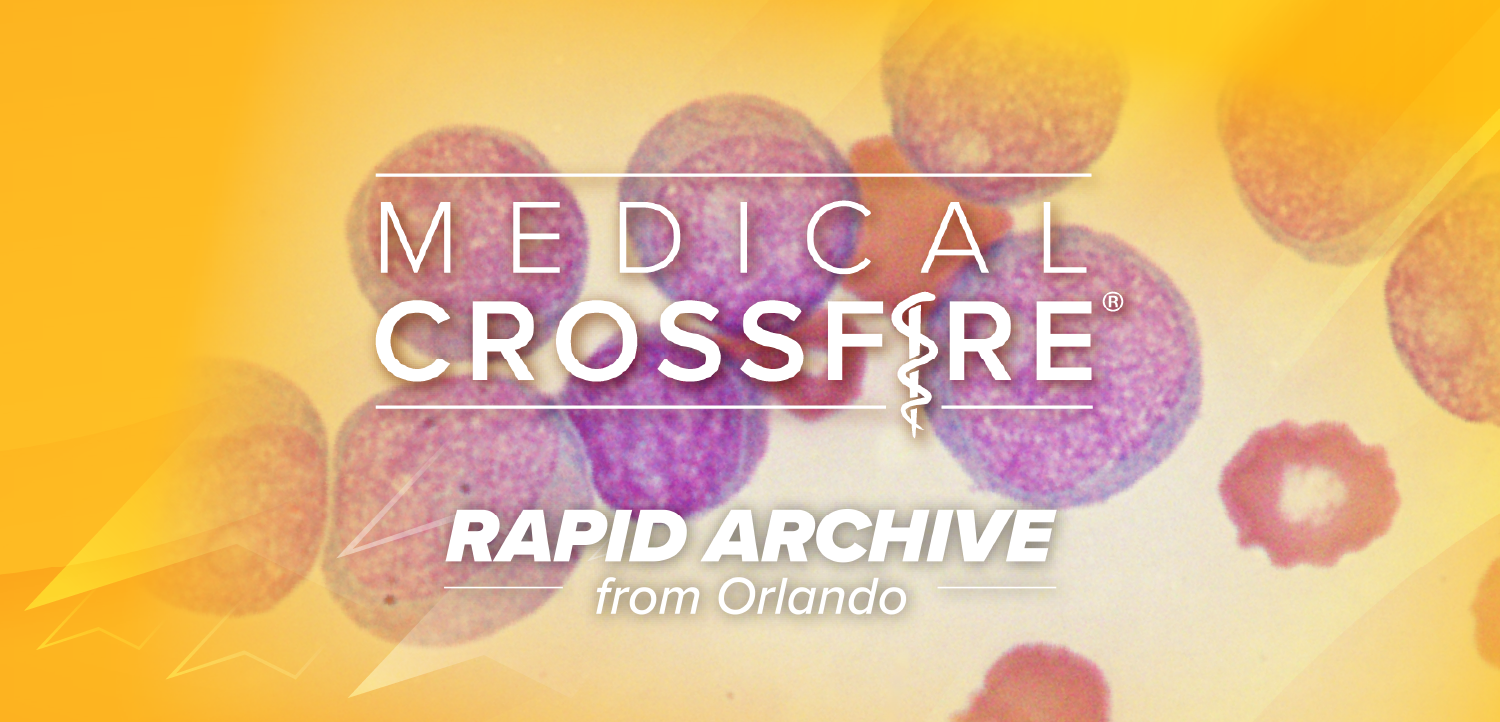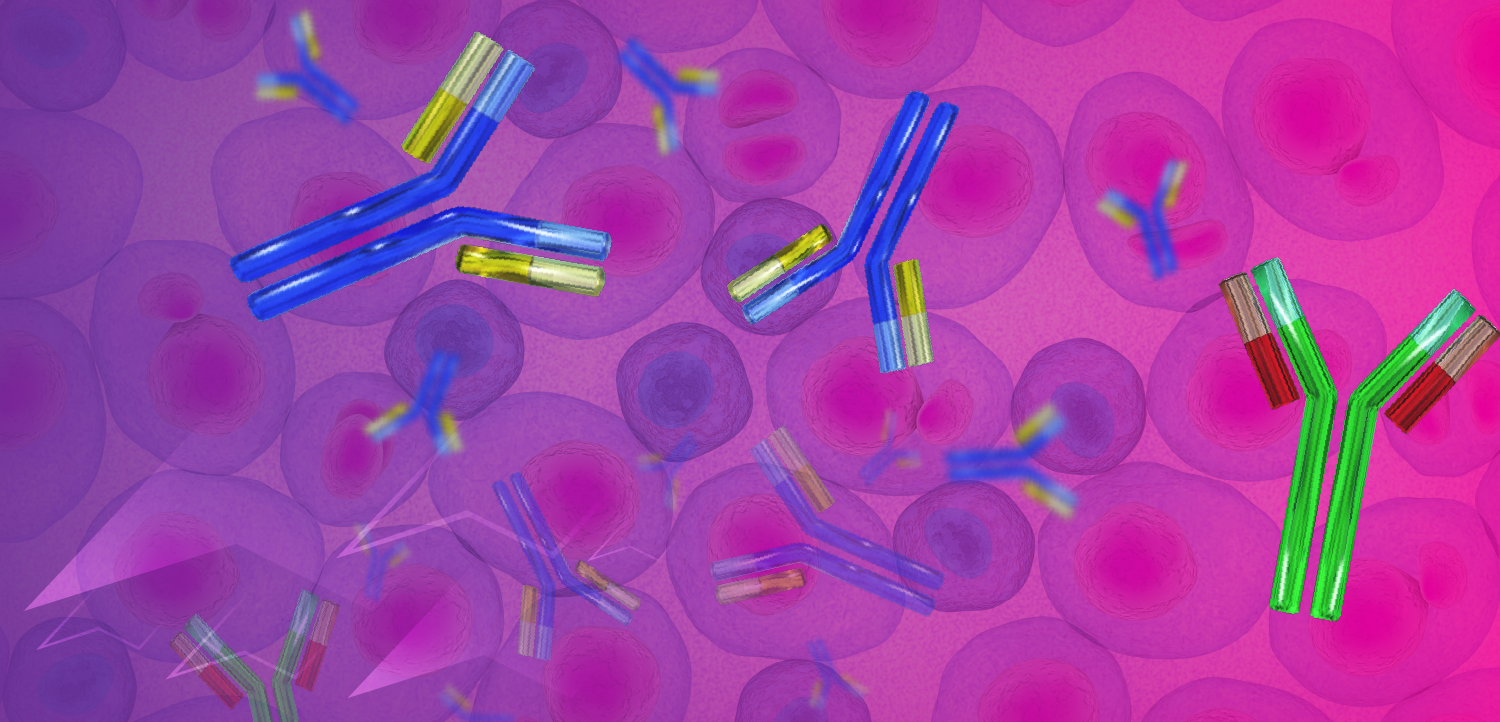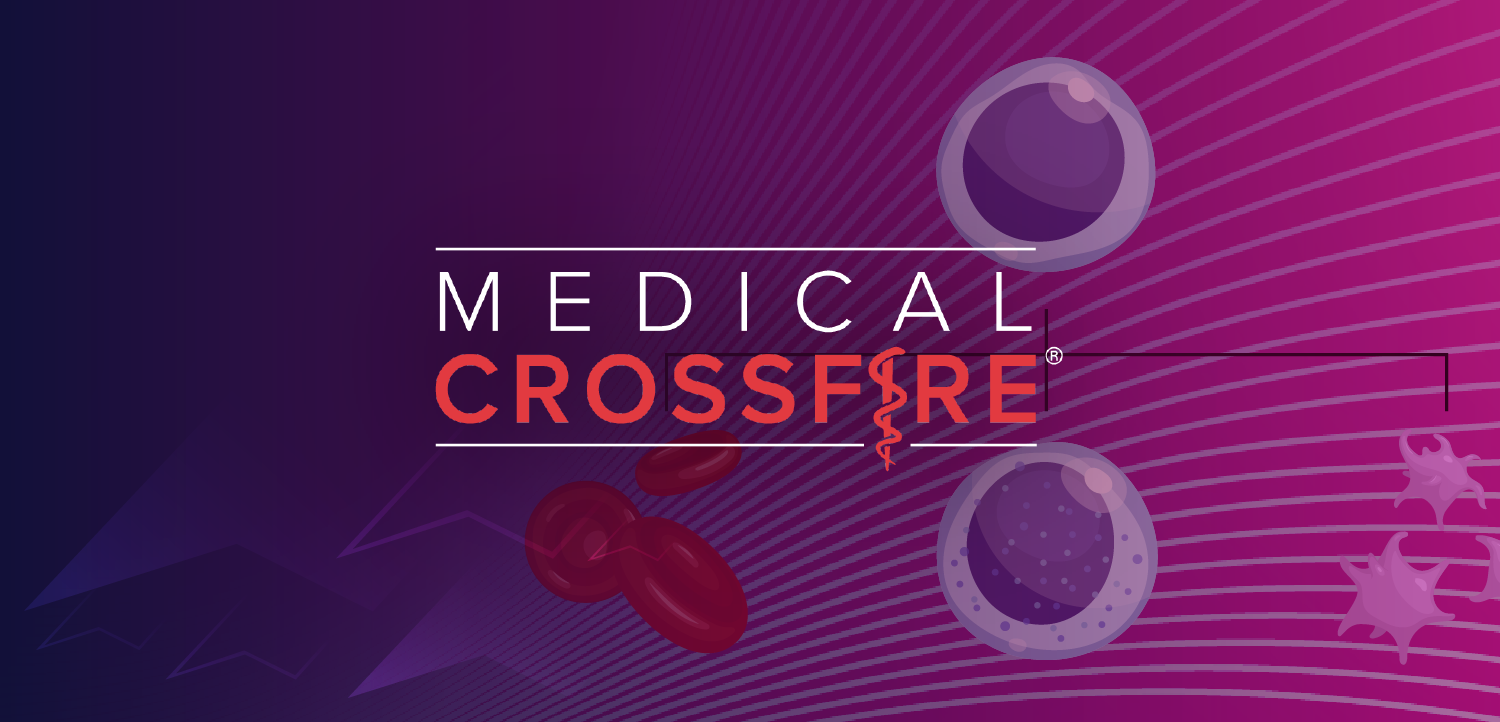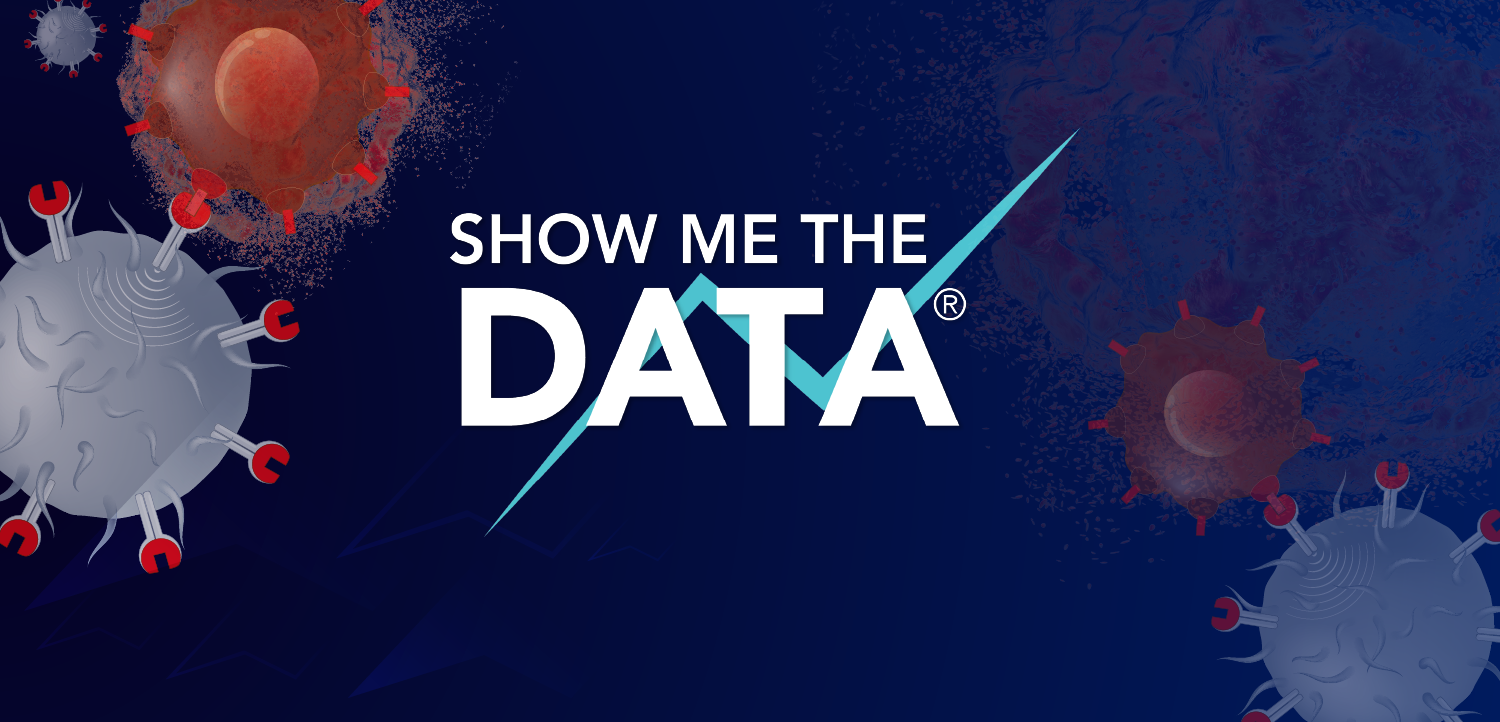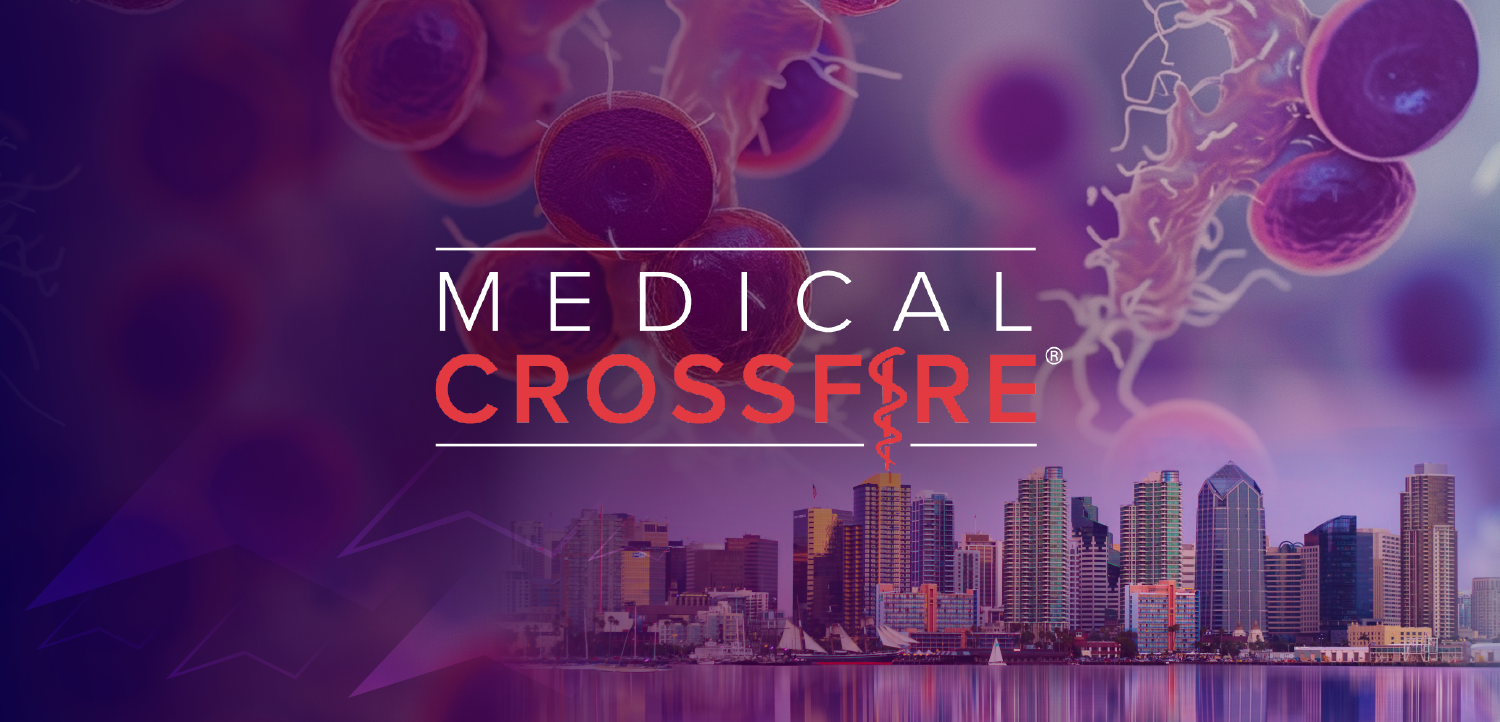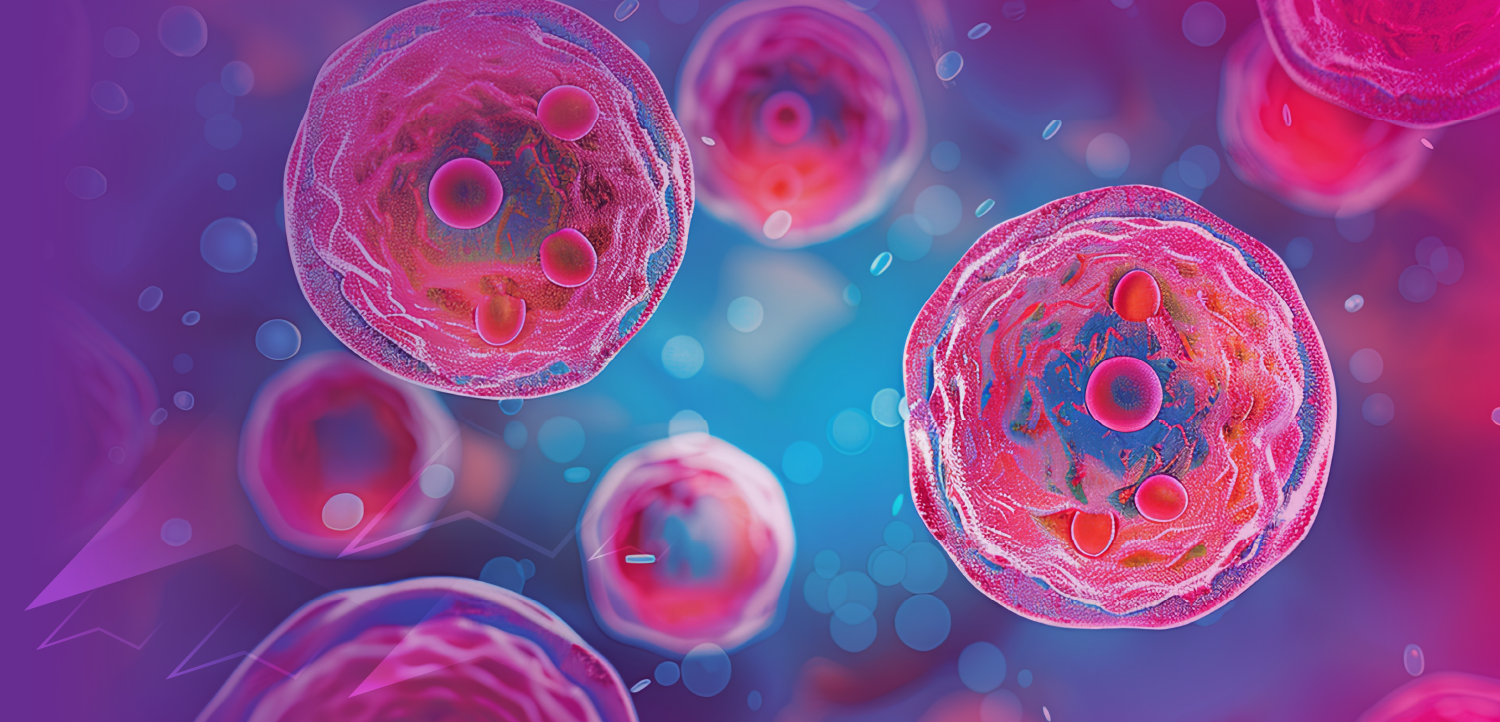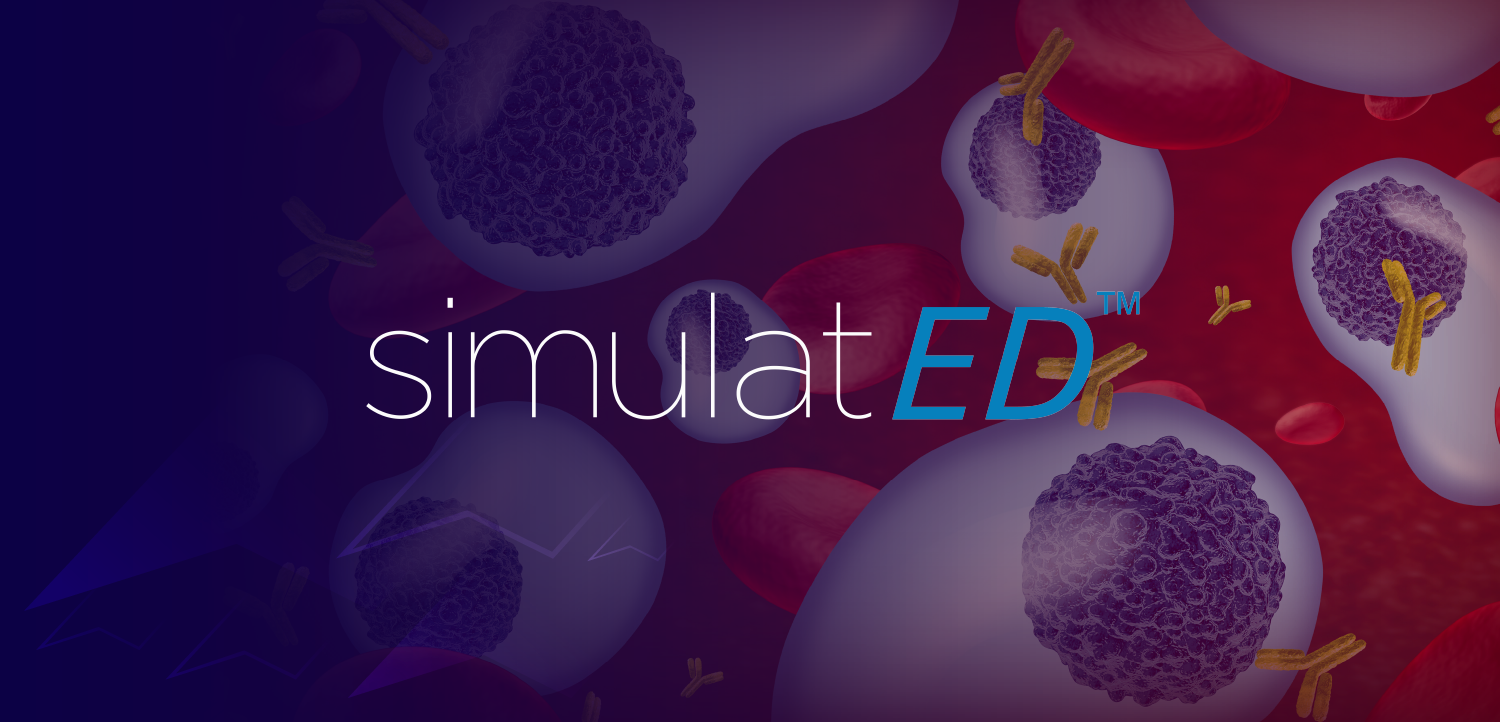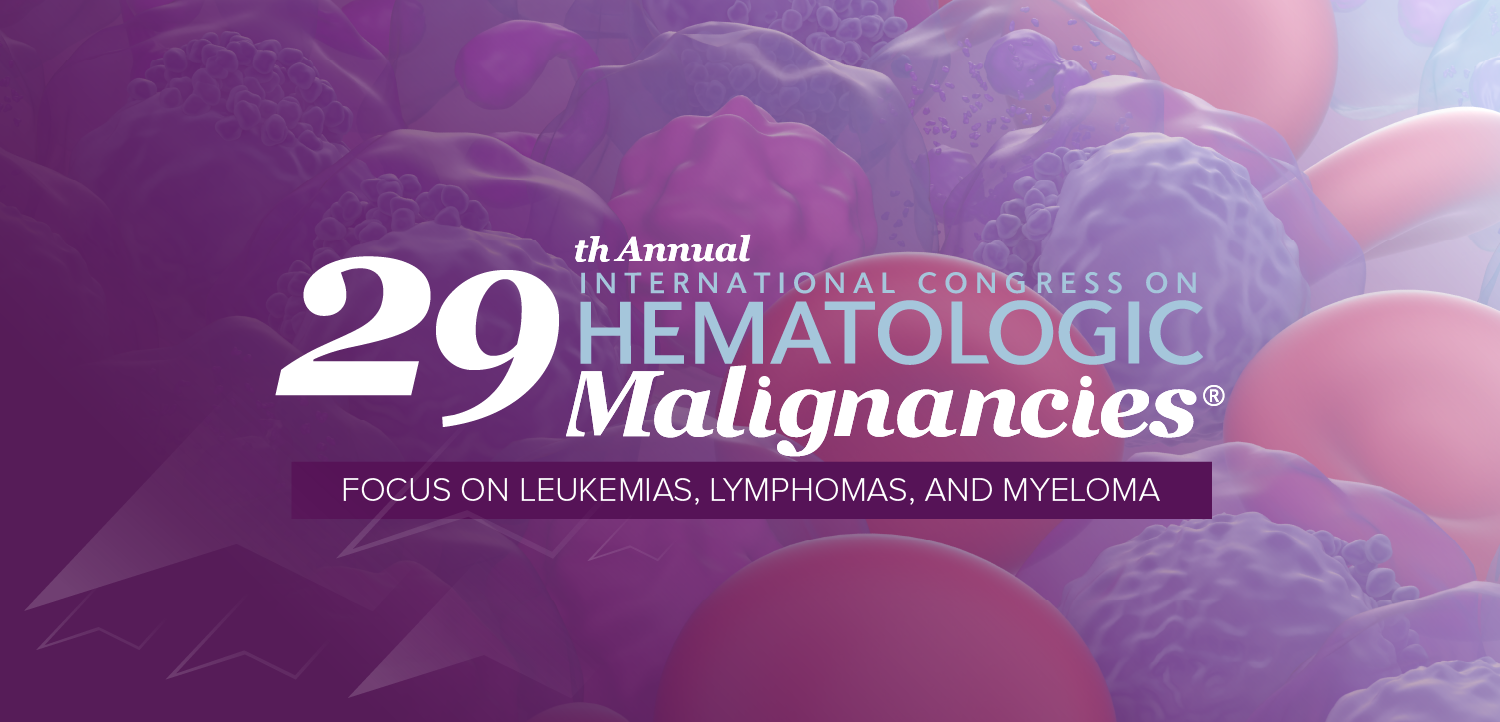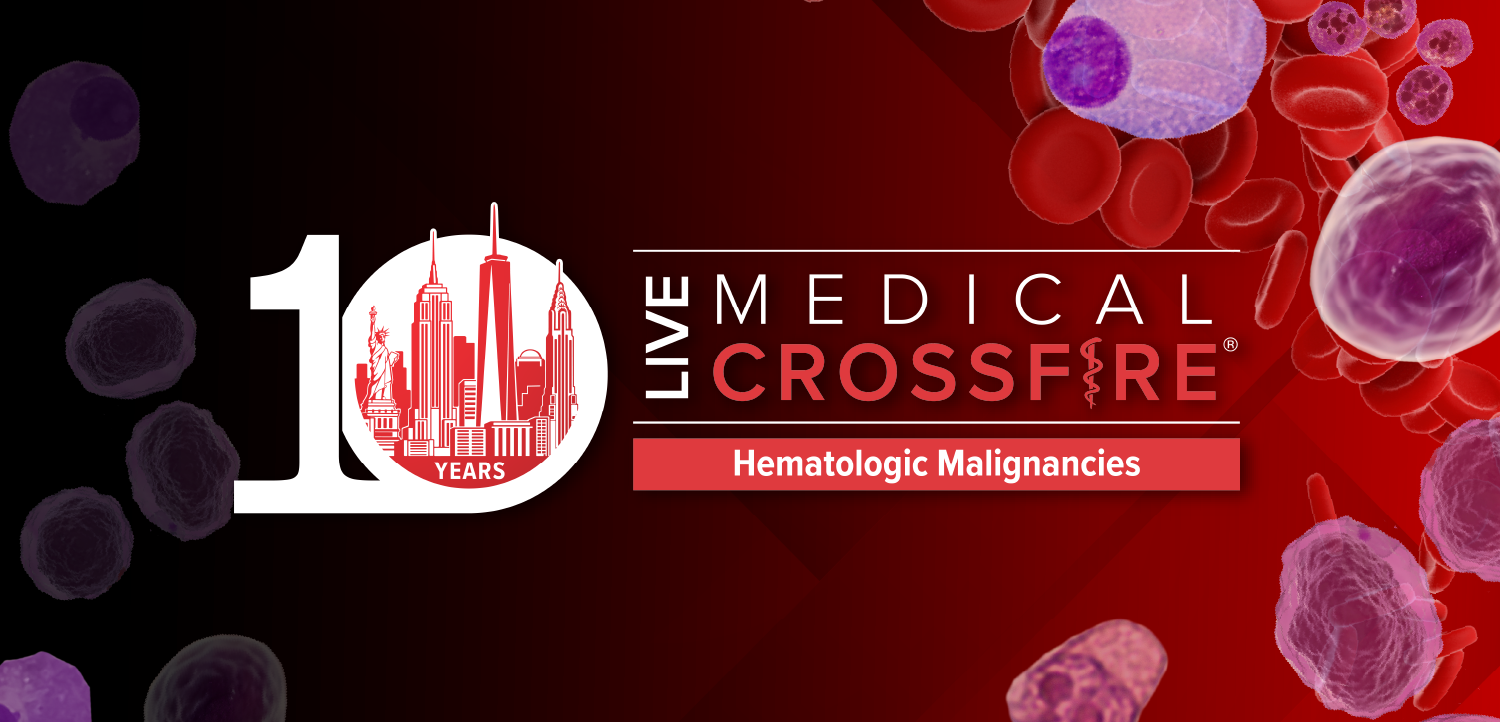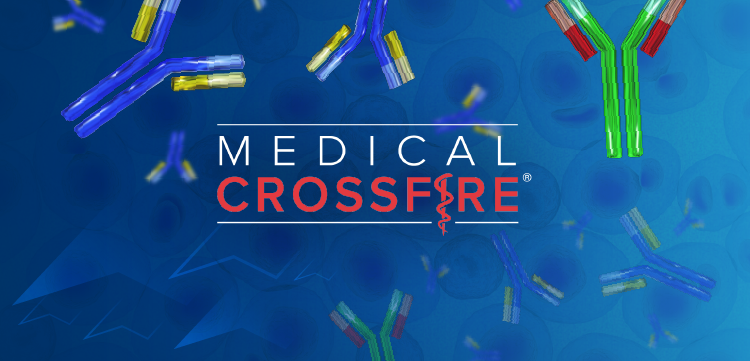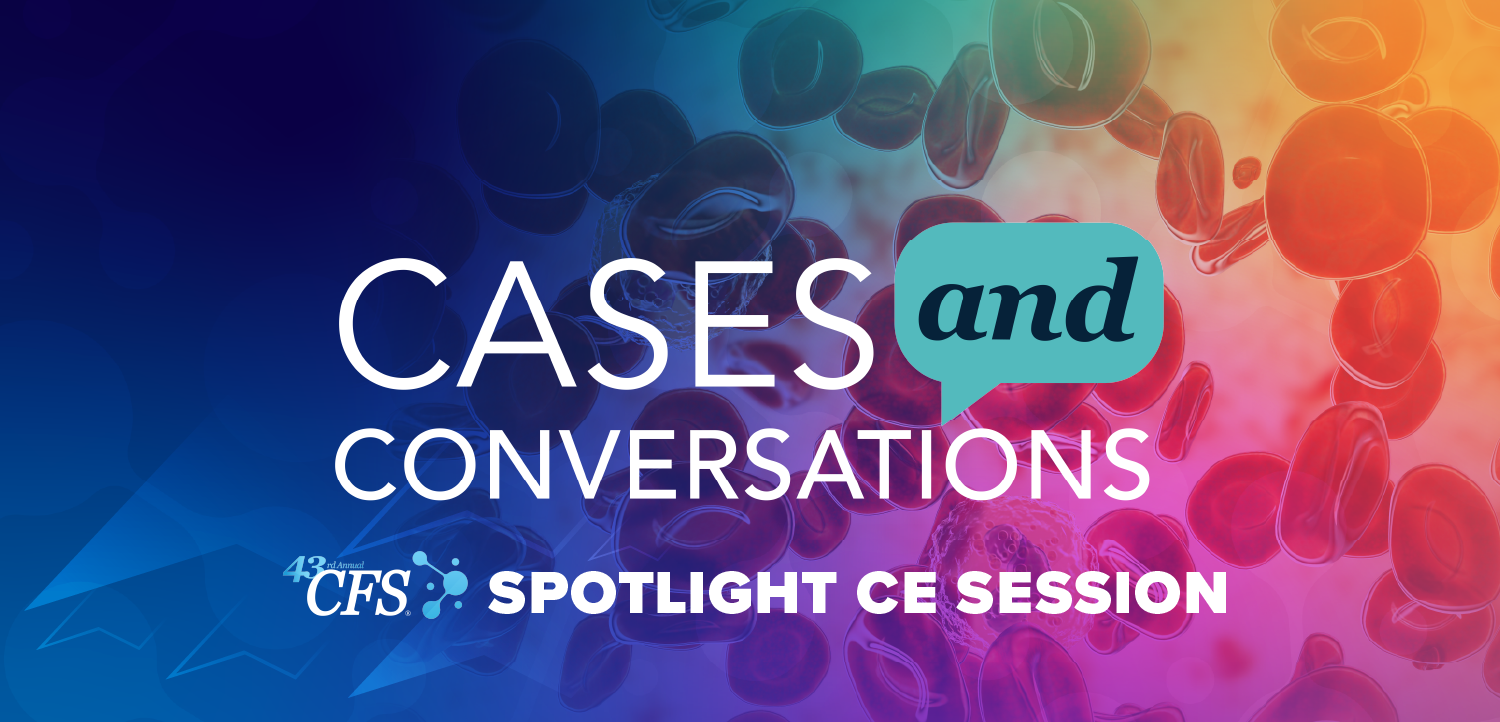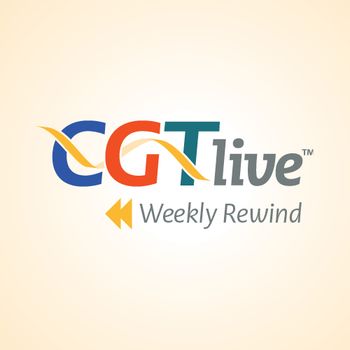
Adult ALL Patients Benefited From Pediatric Regimen Treatment Intensification
Adult patients with early thymic precursor (ETP) acute lymphoblastic leukemia (ALL), a subgroup of T-cell ALL, could benefit from the use of response-based risk stratification and therapy intensification similar to that used in pediatric patients with ETP-ALL.
Adult patients with early thymic precursor (ETP) acute lymphoblastic leukemia (ALL), a subgroup of T-cell ALL, could benefit from the use of response-based risk stratification and therapy intensification similar to that used in pediatric patients with ETP-ALL, a new study shows.
“Pediatric ETP-ALL exhibits a genetic profile distinct from other cases of childhood T-ALL, with high rates of mutations in genes coding for factors involved in cytokine receptor and RAS signaling (67.2%), hematopoietic development (57.8%), and components of the polycomb repressive complex 2 (PRC2; 42.2%),” wrote Jonathan Bond, MD, PhD, of Hôpital Necker-Enfants Malades, and colleagues in a study
Studies in children with ETP-ALL have suggested that the negative impact of early therapeutic resistance can be abrogated by timely treatment intensification. However, whether this method would work in adult patients was unknown.
In a cohort of 213 adults with T-ALL, which included 47 (22.1%) patients with ETP-ALL, the researchers performed comprehensive clinicobiologic, genetic, and survival analyses. All patients had been treated in the GRAALL-2003 and -2005 studies. They evaluated the outcomes of adult ETP-ALL treated with pediatric-inspired GRAALL regimens that included further therapy intensification with allogeneic stem-cell transplantation (allo-SCT) in the case of early treatment resistance.
Similar to pediatric patients, adult patients had high rates of mutations in factors involved in cytokine receptor and RAS signaling (62.2%), hematopoietic development (29.7%), and chemical modification of histones (48.6%).
“Taken together with the evident transcriptional heterogeneity between ETP and non-ETP groups found by RNA-sequencing profiling, this suggests that immunophenotypic definition of ETP-ALL identifies a biologic entity that is underpinned by similar genetic dysregulation in adults and children,” the researchers wrote.
However, the next generation sequencing also identified some differences among adults. Specifically, mutations in DNA methylation factors were common (32.4%) in adults.
Patients with ETP-ALL had higher rates of corticosteroid resistance (63.8% vs 36.8%; P = .001) and early bone marrow chemotherapy (87% vs 33.7%; P < .001) than patients with non–ETP-ALL. Despite that, the overall prognosis among patients with ETP-ALL treated with the GRAALL protocols was similar to that of patients with non–ETP-ALL (5-year overall survival 59.6% vs 66.5%; P = .33). Five-year event-free survival was also similar between the two groups (51.1% vs 58.1%).
Finally, the researchers found that allo-SCT had a beneficial effect in a large proportion of patients with ETP-ALL. An analysis of 124 patients eligible for transplant (39 with ETP) showed that transplant was correlated with a trend toward better overall survival in those with ETP-ALL (HR, 0.36; P = .07), but not in those with non–ETP-ALL (HR, 0.70; P = .30). A multivariable analysis showed a significant interaction between ETP and transplant.
“Taken together, these results suggest that the implementation of allo-SCT in first complete response confers a survival benefit that abrogates the negative effects of intrinsic therapeutic resistance in ETP-ALL,” the researchers wrote.
Newsletter
Stay at the forefront of cutting-edge science with CGT—your direct line to expert insights, breakthrough data, and real-time coverage of the latest advancements in cell and gene therapy.

